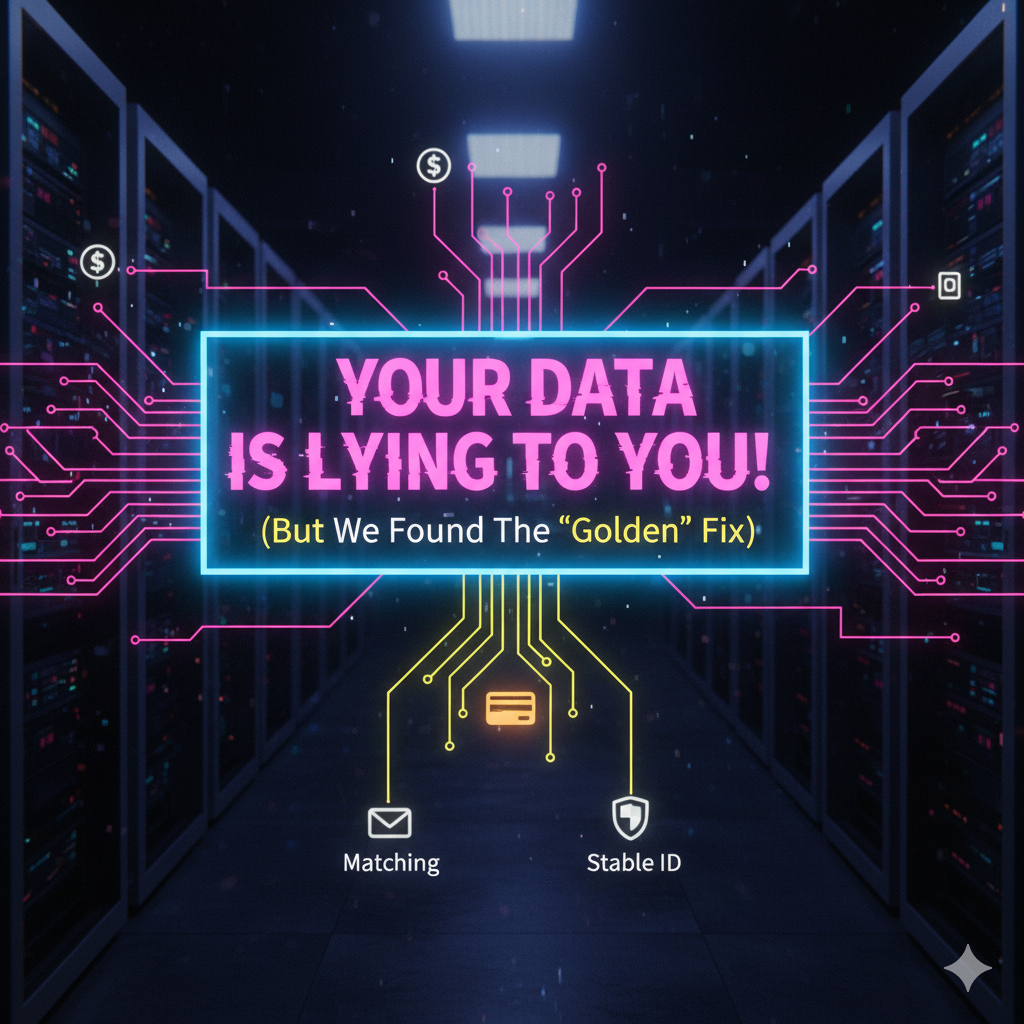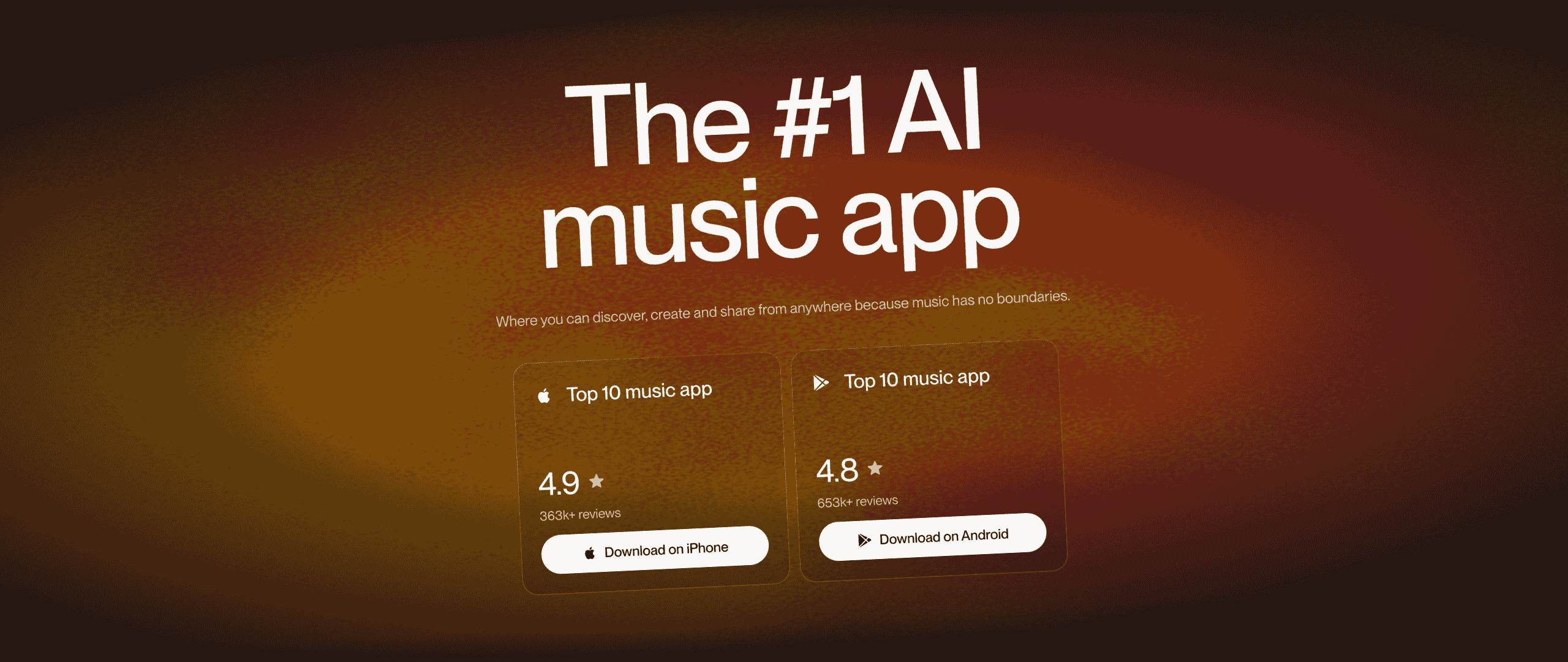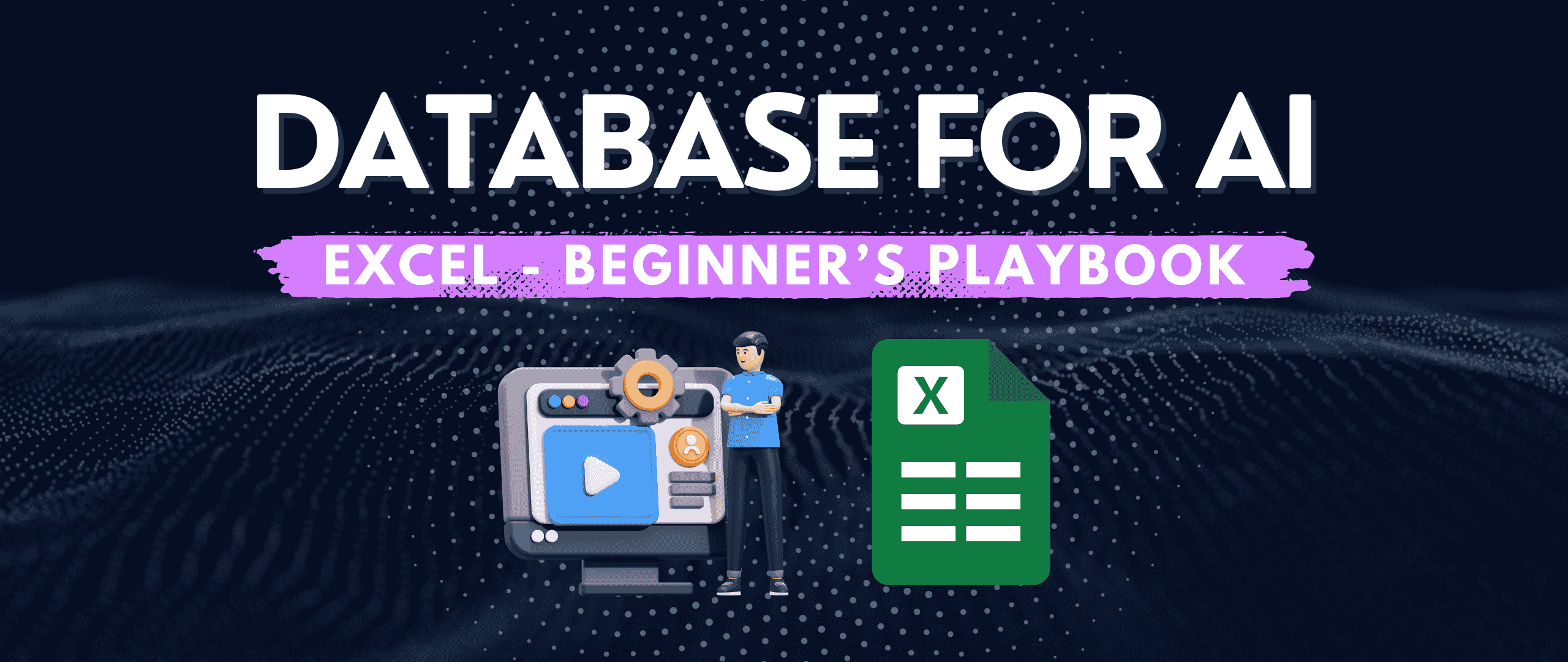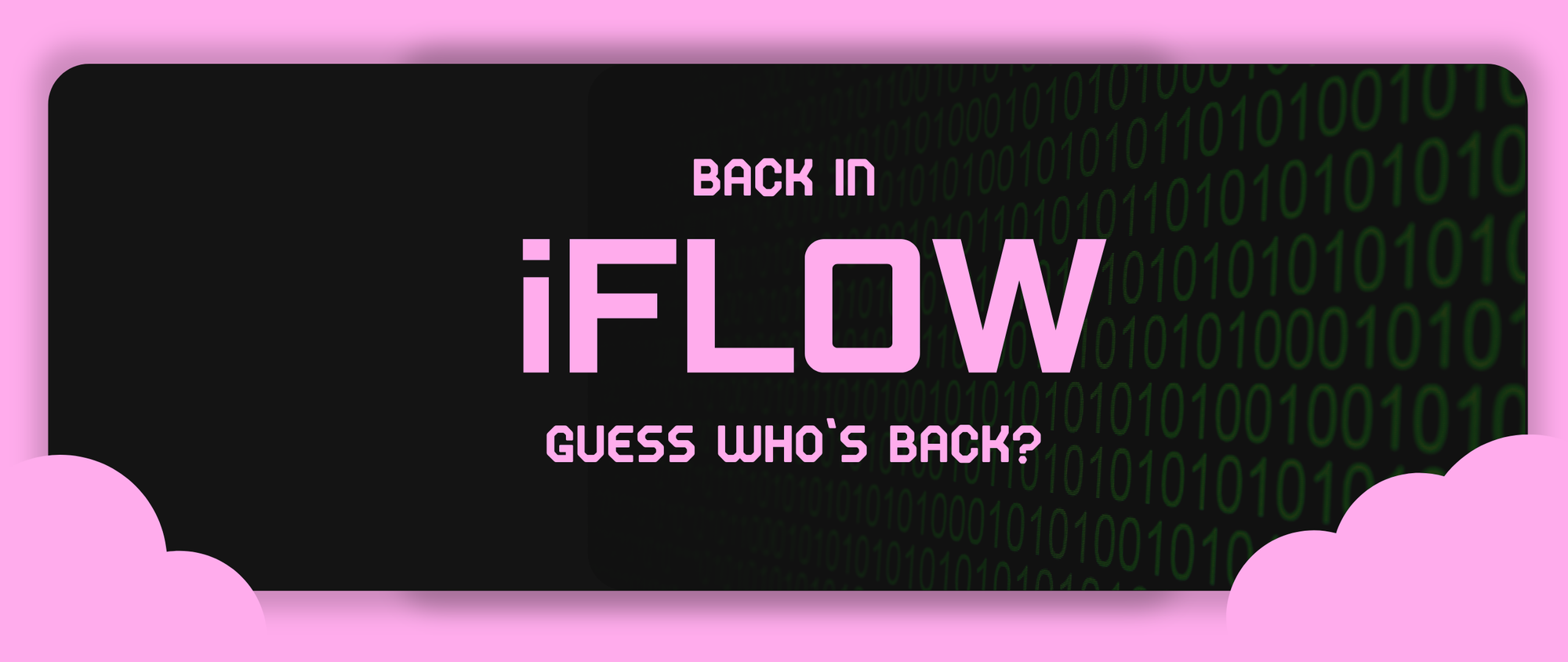From Data Chaos to Crystal Clarity
The All-Too-Common Problem
Imagine you run an online store. A customer named "Johnathan Smith" buys a product.
- Your e-commerce platform (Shopify) records him as
customer_id: 123.
A week later, he signs up for your newsletter using a different email.
- Your marketing tool (Mailchimp) records him as "Jon Smith",
subscriber_id: 456.
Finally, he contacts support with a question from his work email.
- Your helpdesk (Zendesk) creates a ticket for "J. Smith",
user_id: 789.
To your business systems, these are three different people. You can't see that the loyal customer, the engaged newsletter reader, and the person needing support are all the same human being. This is data chaos, and it costs you money, frustrates your team, and leads to poor customer experiences.
The Solution: The "Golden Record"
A Golden Record (or what we call a Canonical Entity at iFlow) solves this. Think of it as a digital master file or a single "golden card" for every real person, company, or product your business interacts with.
Instead of three separate, conflicting records, the system intelligently realizes they are all the same person and merges them into one definitive profile:
Golden Record: CUST-007
- Name: Johnathan Smith
- Emails:
jsmith@email.com,jon.smith@work.com- Known Aliases:
- Shopify
customer_id: 123- Mailchimp
subscriber_id: 456- Mailchimp
subscriber_id: 458- Zendesk
user_id: 789- Last Purchase: October 5, 2025
- Total Value: $250
Now, when your support team pulls up his record, they see his entire purchase history. When your marketing team builds a campaign, they know not to email him about a product he already bought. Your analytics are accurate. This is the power of a single source of truth.

Learn with BusinessGPT
Master automation, marketing, and AI workflows that actually grow your business.
How to Build Your Golden Record System: A 5-Step Playbook
Creating this system isn't magic; it's a clear, logical process. Let's trace Johnathan Smith's journey through these steps.
1. Gather Your Sources
First, identify every system that holds a piece of the puzzle. This includes your CRM, e-commerce platform, payment processor, marketing automation tools, and support desk. You'll pull records from each, making sure to tag them with where they came from.
Example: Raw Data from Your Systems
Shopify Customer Data (shopify_customers.xlsx)
| Shopify Customer ID | First Name | Last Name | Phone | Last Order Date | |
|---|---|---|---|---|---|
| 123 | Johnathan | Smith | jsmith@email.com | 555-123-4567 | 2025-10-05 |
| 124 | Jane | Doe | jane.doe@example.com | 555-987-6543 | 2025-09-20 |
Mailchimp Subscriber Data (mailchimp_subscribers.xlsx)
| Mailchimp Subscriber ID | First Name | Last Name | Joined Date | Campaign Status | |
|---|---|---|---|---|---|
| 456 | Jon | Smith | jsmith@email.com | 2025-09-15 | Engaged |
| 457 | Jane | Doe | jane.doe@example.com | 2025-08-01 | Active |
| 458 | Jonathan | Smith | jon.smith@work.com | 2025-10-10 | Active |
Zendesk User Data (zendesk_users.xlsx)
| Zendesk User ID | Full Name | Last Ticket Date | |
|---|---|---|---|
| 789 | J. Smith | jon.smith@work.com | 2025-10-28 |
| 790 | Jane Doe | jane.doe@example.com | 2025-10-01 |
2. Match the Clues (The Smart Part)
This is where you connect the dots. You'll use two types of rules:
- Deterministic Rules (The Easy Wins): If two records share a unique identifier (like an identical email address), they are a 100% match.
- Probabilistic Rules (The "Fuzzy" Logic): For records with strong similarities across multiple fields (e.g., similar name + same zip code), the system calculates a confidence score to identify potential matches.
Example: Identifying Matches
- Match 1 (Email
jsmith@email.com):- Shopify
customer_id=123(Johnathan Smith, jsmith@email.com) - Mailchimp
subscriber_id=456(Jon Smith, jsmith@email.com)
- Shopify
- Match 2 (Email
jon.smith@work.com):- Mailchimp
subscriber_id=458(Jonathan Smith, jon.smith@work.com) - Zendesk
user_id=789(J. Smith, jon.smith@work.com)
- Mailchimp
3. Merge and Create the Golden Record
Once a match is found, you create a single "Golden Record." You apply precedence rules to decide which information to keep (e.g., "always use the full name from Shopify," "latest email from any source"). The system merges the "best" information while keeping all original source IDs as aliases.
Example: Merging into a Temporary Golden Record
| Temporary ID | Attribute | Value | Source System | Source ID | Last Updated |
|---|---|---|---|---|---|
| TEMP-001 | First Name | Johnathan | Shopify | 123 | 2025-10-05 |
| TEMP-001 | Last Name | Smith | Shopify | 123 | 2025-10-05 |
| TEMP-001 | jsmith@email.com | Shopify | 123 | 2025-10-05 | |
| TEMP-001 | jon.smith@work.com | Mailchimp | 458 | 2025-10-10 | |
| TEMP-001 | Phone | 555-123-4567 | Shopify | 123 | 2025-10-05 |
| TEMP-001 | Aliases | shopify:123 | N/A | N/A | N/A |
| TEMP-001 | Aliases | mailchimp:456 | N/A | N/A | N/A |
| TEMP-001 | Aliases | mailchimp:458 | N/A | N/A | N/A |
| TEMP-001 | Aliases | zendesk:789 | N/A | N/A | N/A |
| TEMP-001 | Last Order | 2025-10-05 | Shopify | 123 | 2025-10-05 |
| TEMP-001 | Last Ticket | 2025-10-28 | Zendesk | 789 | 2025-10-28 |
4. Assign a Permanent, Stable ID
Every new Golden Record receives its own unique, permanent ID (like CUST-007). This ID will never change for Johnathan Smith, providing a stable anchor for all your other systems to rely on, even if his details are updated.
Example: The Final Golden Record Table
| Entity ID | Entity Type | Preferred First Name | Preferred Last Name | Emails | Phone | Aliases | Latest Order Date | Latest Ticket Date |
|---|---|---|---|---|---|---|---|---|
| CUST-007 | Customer | Johnathan | Smith | ["jsmith@email.com", "jon.smith@work.com"] | 555-123-4567 | ["shopify:123", "mailchimp:456", "mailchimp:458", "zendesk:789"] | 2025-10-05 | 2025-10-28 |
| CUST-008 | Customer | Jane | Doe | ["jane.doe@example.com"] | 555-987-6543 | ["shopify:124", "mailchimp:457", "zendesk:790"] | 2025-09-20 | 2025-10-01 |
5. Serve the Truth and Keep it Fresh
This isn't a one-time cleanup. Your Golden Record system becomes the central hub. All other applications should query it for customer information, not the siloed source systems. As new data comes in or existing data changes, the system continuously runs its matching and merging process to keep the records up-to-date.
Example: How Systems Use the Golden Record
- Support Agent: Queries for
CUST-007, sees bothjsmith@email.comandjon.smith@work.com, along with his full purchase and support history. - Marketing Automation: When creating a segment, it targets
CUST-007to ensure all communications are personalized and avoid sending promotions for products already purchased. - Analytics Dashboard: When reporting on "unique customers,"
CUST-007is counted as one person, preventing inflated metrics.
If Johnathan later makes another purchase, that new order date gets updated in the golden_customers.xlsx table under CUST-007, maintaining a single, always-current view.
Common Traps to Avoid
- Over-Merging: Being too aggressive with fuzzy matching can accidentally merge two different people into one record (e.g., two "John Smiths" living in the same apartment building). Solution: Require a human to review matches that fall within a certain confidence range (e.g., 80-95% confident).
- Under-Merging: Being too cautious means you miss valid matches and duplicates remain. Solution: Continuously tune your matching rules and add more data points (like IP address or device ID) to improve accuracy.
- Stale Data: Forgetting that data is constantly changing. Solution: Schedule regular re-matching and updates to ensure your Golden Records reflect the most current information.
The Bottom Line
Stop letting fragmented data dictate your strategy. By creating one Golden Record for each real thing, you ensure that every department—from marketing to sales to AI agents—is working from the same playbook.
One entity = One golden card. The result is cleaner analytics, smarter automation, and a truly unified view of your business.













Discussion